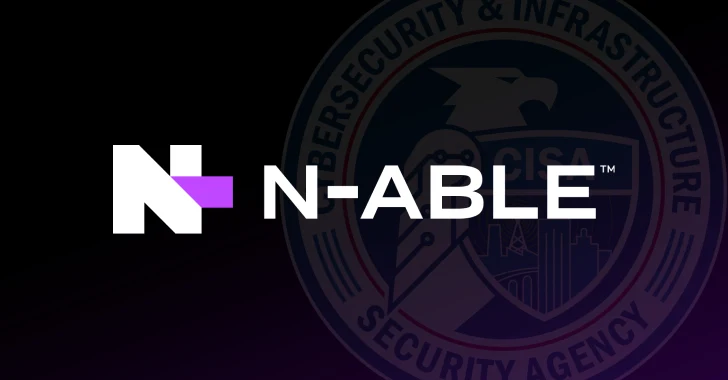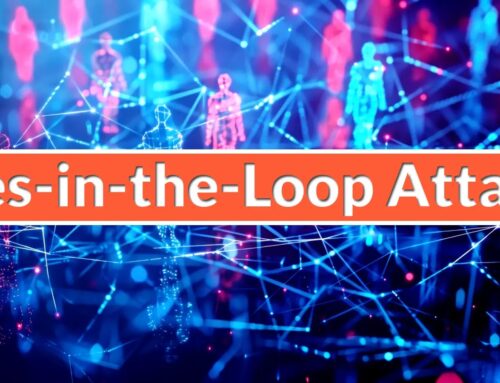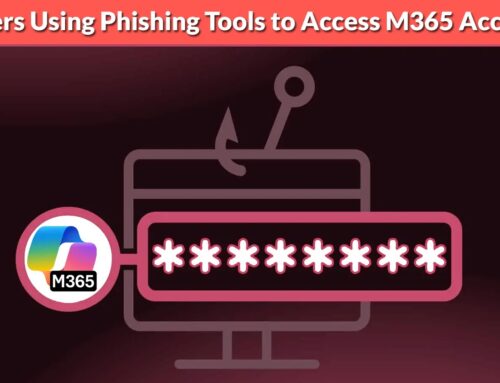
CISA Adds Two N-able N-central Flaws to Known Exploited Vulnerabilities Catalog
CISA Flags N-able N-central Flaws: Urgent Action Required for MSPs
The cybersecurity landscape demands constant vigilance, especially for organizations that manage critical IT infrastructure for others. Managed Service Providers (MSPs) operate at the epicenter of this challenge, entrusted with safeguarding numerous client environments. A recent advisory from the U.S. Cybersecurity and Infrastructure Security Agency (CISA) underscores this urgency, as two security vulnerabilities impacting N-able N-central, a widely used Remote Monitoring and Management (RMM) platform, have been added to its Known Exploited Vulnerabilities (KEV) catalog. This designation signals active exploitation in the wild, necessitating immediate attention from all affected organizations.
Understanding the Impact on N-able N-central Users
N-able N-central serves as a cornerstone for many MSPs, providing the tools necessary to efficiently manage and secure their customers’ IT systems. The platform’s extensive reach means that vulnerabilities within it can have a cascading effect, potentially exposing numerous client networks to compromise. CISA’s addition of these flaws to the KEV catalog is a stark warning: attackers are aware of these weaknesses and are actively leveraging them to gain unauthorized access, deploy malware, or disrupt operations. For MSPs, this means not only their own infrastructure but also their entire client base is at heightened risk.
The Identified Vulnerabilities
While the initial source mentioned two vulnerabilities, the KEV catalog entry provides specifics. The two vulnerabilities flagged by CISA are:
- CVE-2023-38805: N-able N-central Authentication Bypass VulnerabilityThis vulnerability allows for authentication bypass. An attacker could potentially bypass authentication mechanisms on the N-able N-central server, gaining unauthorized access to the system without legitimate credentials. Such access could lead to control over managed devices, access to sensitive data, and the ability to deploy malicious payloads across client networks.
- CVE-2023-38806: N-able N-central Deserialization VulnerabilityThis flaw pertains to an insecure deserialization vulnerability. Insecure deserialization can enable remote code execution (RCE) on the server. If successfully exploited, an attacker could execute arbitrary code with the privileges of the N-able N-central server, leading to complete compromise of the platform and potentially all connected client systems.
The combination of authentication bypass and remote code execution vulnerabilities presents a critical threat vector. Attackers could bypass initial defenses and then execute malicious code, achieving deep and persistent access to the RMM platform and its managed endpoints.
Remediation Actions and Mitigations
Given the active exploitation, immediate action is paramount for all N-able N-central users. MSPs must prioritize addressing these vulnerabilities without delay.
- Immediate Patching: The most critical step is to apply the latest security patches provided by N-able. N-able has released fixes for these vulnerabilities. Ensure your N-able N-central deployment is updated to a hardened version that addresses CVE-2023-38805 and CVE-2023-38806. Consult N-able’s official security advisories and support documentation for precise patching instructions and version requirements.
- Network Segmentation: Implement strict network segmentation to isolate your RMM platform from other critical internal systems and, where possible, from client networks. This can limit the lateral movement of an attacker even if they compromise the N-central server.
- Principle of Least Privilege: Review and enforce the principle of least privilege for all user accounts, especially those accessing or managing the N-able N-central platform. Ensure that accounts only have the minimum necessary permissions required for their tasks.
- Multi-Factor Authentication (MFA): Enforce MFA for all administrative access to the N-able N-central console. This adds an essential layer of security even if credentials are stolen or bypassed.
- Log Monitoring and Auditing: Enhance logging and actively monitor logs for suspicious activities originating from or targeting the N-able N-central server. Look for unusual login attempts, unauthorized configuration changes, or unexpected process executions.
- Incident Response Plan Activation: Be prepared to activate your incident response plan if signs of compromise are detected. This includes isolating affected systems, conducting thorough forensic analysis, and communicating transparently with affected clients.
Tools for Detection and Mitigation Support
While direct vendor patches are the primary solution, various security tools can aid in monitoring and maintaining a secure posture.
| Tool Name | Purpose | Link |
|---|---|---|
| Vulnerability Scanners (e.g., Nessus, OpenVAS) | Identify known vulnerabilities, including potential N-able N-central misconfigurations or unpatched versions. | Nessus / OpenVAS |
| Security Information and Event Management (SIEM) | Centralized logging and real-time analysis of security alerts from N-able N-central and related systems. | Splunk / Elastic Security |
| Endpoint Detection and Response (EDR) Solutions | Monitor for anomalous behavior, unauthorized processes, and potential malware execution on systems managed by or hosting N-able N-central. | CrowdStrike Falcon / Microsoft Defender for Endpoint |
| Network Intrusion Detection/Prevention Systems (NIDS/NIPS) | Detect and potentially block suspicious network traffic patterns associated with exploitation attempts. | Vendor-specific solutions (e.g., Cisco Firepower, Palo Alto Networks NGFW) |
Conclusion
The inclusion of N-able N-central vulnerabilities in CISA’s KEV catalog serves as a critical alert for the cybersecurity community, particularly for MSPs. The active exploitation confirmed by CISA mandates that all organizations using N-able N-central take immediate and decisive action. Patching, coupled with robust security practices like MFA, network segmentation, and continuous monitoring, is not merely a recommendation but an imperative to protect your own infrastructure and, crucially, the trust and security of your clients.





